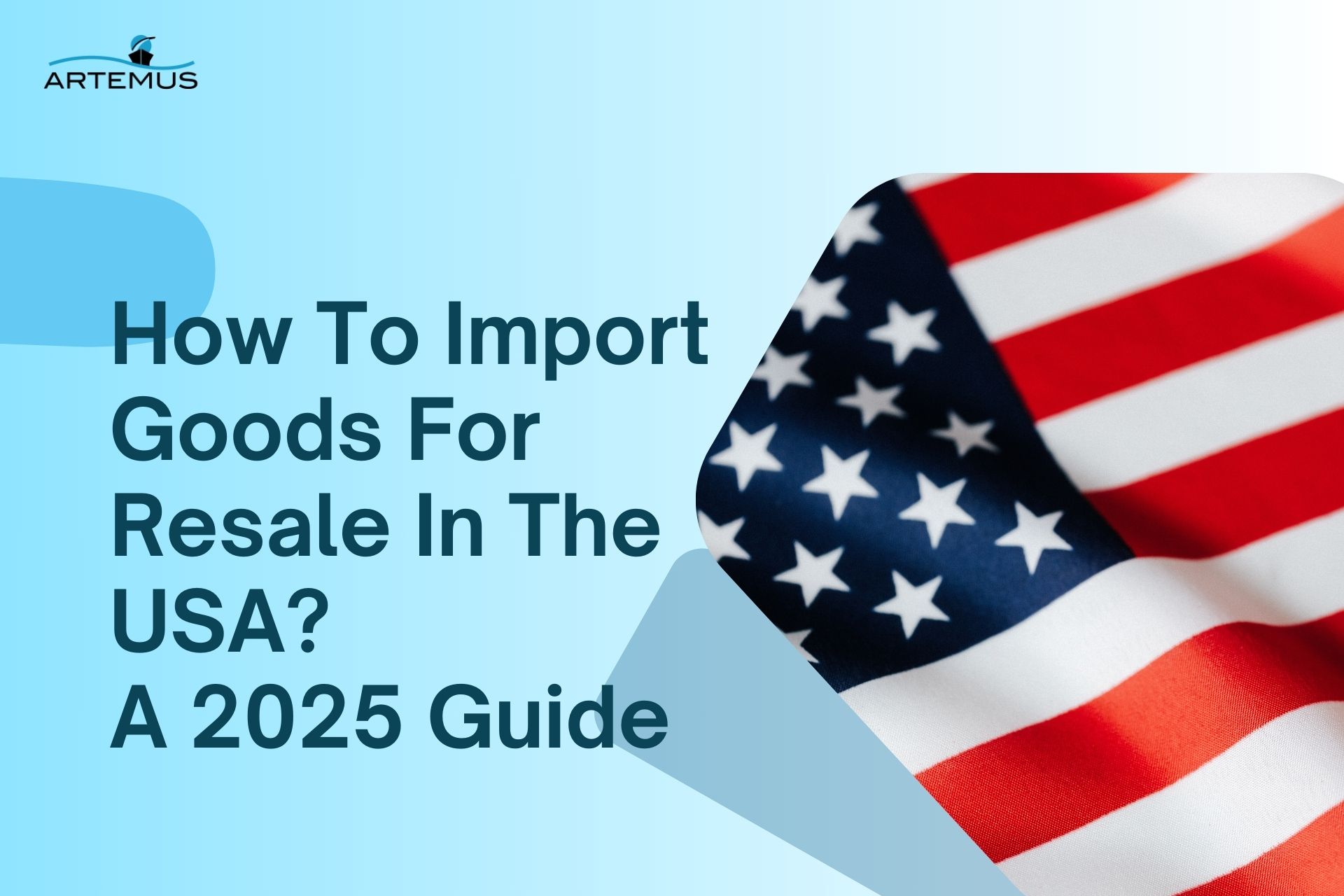
What Is Inbound Logistics & Outbound Logistics? A 2025 Guide
In the dynamic world of supply chain management, understanding the nuances of inbound and outbound logistics is crucial for operational

Exporting goods from the USA involves navigating a maze of regulations and ensuring the right documentation is in place. These documents play a critical role in ensuring compliance with U.S. trade laws, facilitating customs clearance, and safeguarding smooth international transactions.
From the Commercial Invoice to the Certificate of Origin, each document provides vital information to customs authorities, buyers, and other stakeholders. Without proper documentation, exporters risk delays, fines, and non-compliance with international standards.
For exporters, staying compliant while managing the complexities of documentation can be a daunting task. That’s where Artemus steps in. Artemus: Automated Export Filings (AES) Solution for USA Exports simplifies the process of submitting mandatory export documentation, including the Electronic Export Information (EEI), via the Automated Export System (AES).
Table Of Contents

Exporting goods from the USA requires careful preparation of several key documents to ensure compliance with regulations and smooth customs clearance. Below is a detailed list of essential export documentation:
These documents play a critical role in international trade by ensuring legal compliance, smooth customs clearance, and successful delivery. Exporters are advised to consult with freight forwarders, customs brokers, or legal experts to manage documentation effectively and reduce risks.
Related: 10 Supply Chain Best Practices In Shipping: A 2025 Guide
Artemus offers a comprehensive Automated Export Filings (AES) Solution tailored to meet the complex needs of U.S. exporters. Filing the Electronic Export Information (EEI) via the Automated Export System (AES) is mandatory for certain shipments, especially those exceeding $2,500 in value or requiring an export license.
Artemus simplifies this process by providing a user-friendly platform that ensures accuracy, efficiency, and compliance with U.S. regulations.
The solution is designed to streamline export operations, minimize errors, and avoid costly penalties for non-compliance. By automating documentation and offering real-time updates, Artemus enables exporters to focus on expanding their global reach while ensuring their shipments meet all regulatory requirements.
Related: Ocean Freight Documentation For Imports: A Crucial Checklist
The primary document required for export is the Commercial Invoice, which outlines transaction details, including the value and description of goods.
Exporting a document refers to transferring or converting a file or data from one system or format to another for external use.
Export documentation includes all necessary paperwork, such as invoices, bills of lading, and certificates, required to ship goods internationally.
Export documents ensure compliance with regulations, facilitate customs clearance, and protect against disputes by providing a legal record of the transaction.
The IEC (Import Export Code) is a unique 10-digit identification number issued by the Directorate General of Foreign Trade (DGFT) in India, mandatory for international trade.
Proof of export includes the Bill of Lading, Commercial Invoice, Packing List, and customs clearance documents.
An export checklist is a step-by-step guide ensuring all procedures, documentation, and regulatory requirements are completed before shipping goods internationally.
FOB (Free On Board) means the seller is responsible for delivering goods to the ship and covering costs until the goods are loaded; the buyer assumes responsibility thereafter.
To get an IEC code, apply online via the DGFT website, submit required documents like PAN, business registration, and proof of address, and pay the application fee.
Documents required for both include the Commercial Invoice, Packing List, Bill of Lading, Certificate of Origin, and relevant licenses based on the goods.
Export documentation ensures compliance with U.S. and international trade laws, facilitates customs clearance, and provides proof of the transaction.
The Commercial Invoice is often considered the most critical document as it details the transaction and is used for customs clearance and duty calculations.
No, export licenses are only needed for controlled goods like defense articles, certain technologies, or items restricted under U.S. trade laws.
The EEI must be filed for shipments exceeding $2,500 or goods that require an export license. It is submitted via the Automated Export System (AES).
You can find the HTS code using the U.S. International Trade Commission’s database. Alternatively, consult a customs broker for accurate classification.
Non-compliance can result in shipment delays, fines, or legal action from U.S. authorities.
It is only required if the importing country or trade agreement necessitates proof of the goods’ origin.
A Pro Forma Invoice is an estimate provided before the sale, while a Commercial Invoice is a final document issued after the goods are sold.
The BOL is prepared by the shipping carrier, but the exporter must provide accurate shipment details.
Yes, freight forwarders specialize in managing export documentation and can streamline the entire process.
This document certifies the quality and condition of goods and is often issued by third-party agencies like SGS or Bureau Veritas.
Obtain an Insurance Certificate from your chosen provider and ensure it covers all risks during transportation.
Exporting goods from the USA is a dynamic and rewarding venture, but it requires meticulous attention to documentation to ensure compliance and smooth international transactions.
Each document, from the Commercial Invoice to the Bill of Lading, plays a vital role in meeting legal requirements, facilitating customs clearance, and building trust with global trading partners. Properly understanding and managing export documentation is key to avoiding delays, penalties, and disruptions in your supply chain.
Related: NVOCC Bond & OTI Bonds – Federal Maritime Commission

In the dynamic world of supply chain management, understanding the nuances of inbound and outbound logistics is crucial for operational

In today’s interconnected world, businesses rely heavily on global trade to expand their markets, access new resources, and drive growth.

Importing goods for resale in the USA presents a lucrative business opportunity, but navigating the complexities of U.S. customs regulations,
Get In Touch
Artemus’ Software Solutions for ISF, AMS, Japan AFR, eManifest Canada, & Panama B2B filings.